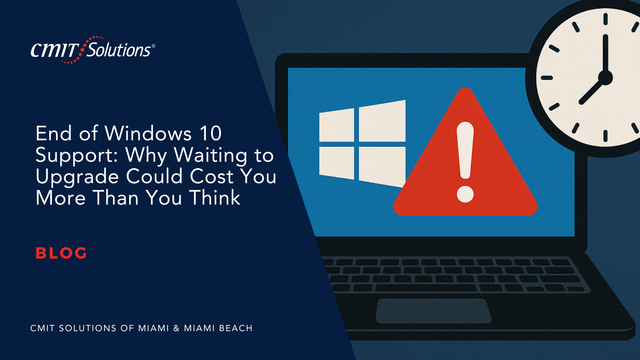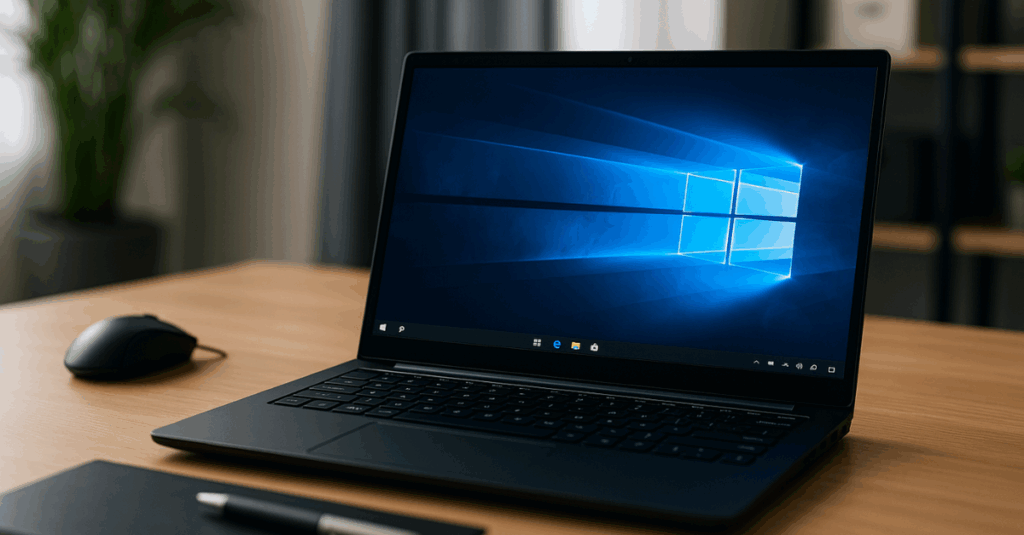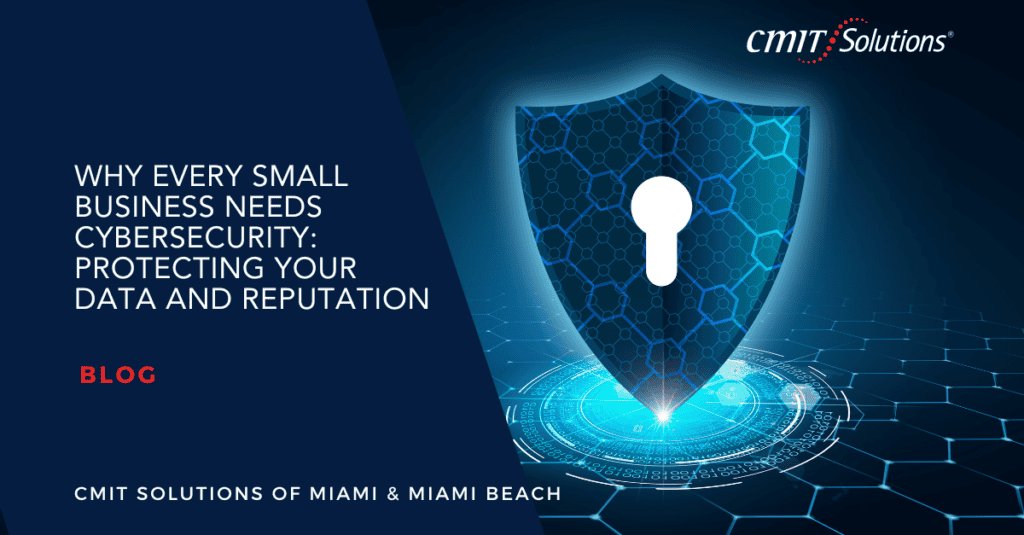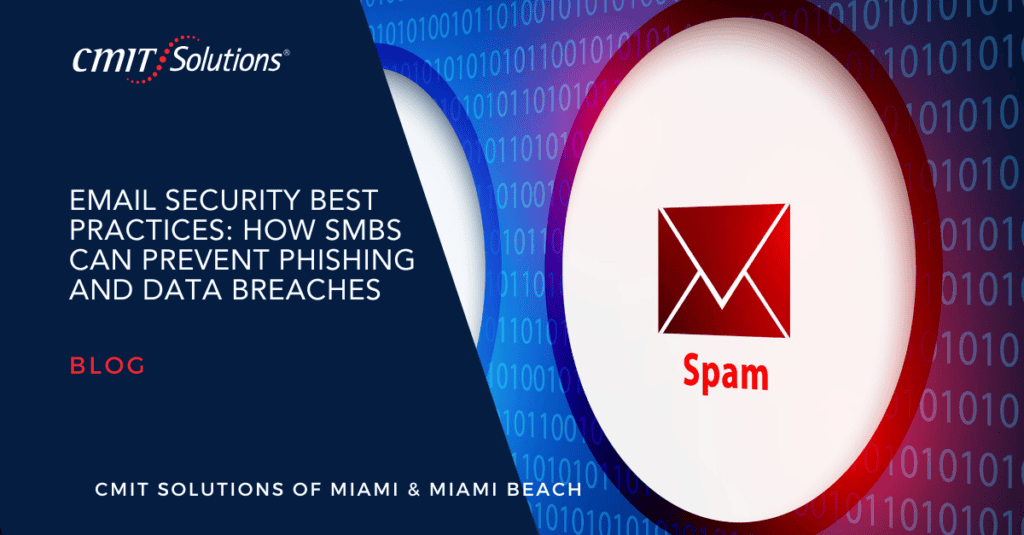Introduction: The Countdown Has Begun
Microsoft will officially end support for Windows 10 on October 14, 2025. After that date, no more security patches, bug fixes, or feature updates will be released. While that may seem like a distant deadline, small and midsize businesses in South Florida cannot afford to wait. With Windows 10 still powering a large share of desktops, laptops, and other mission-critical systems, continued use beyond the deadline could introduce serious cybersecurity, productivity, and compliance risks.
More importantly, companies that delay upgrading may experience supply chain constraints, budgetary shocks, or emergency IT overhauls—issues that are much costlier when rushed. In this blog, we’ll explore the risks of procrastinating, outline a clear upgrade roadmap, and explain how outsourced IT done right can ensure a seamless transition to Windows 11 or a cloud-based infrastructure.
What Windows 10 End of Support Really Means
Windows 10’s end-of-life marks the termination of extended support, including essential security updates and customer service. Without these updates, your systems become a playground for cybercriminals. Cybersecurity essentials dictate that unsupported systems represent high-risk entry points for malware, ransomware, and phishing campaigns.
From a compliance standpoint, regulations such as HIPAA, PCI-DSS, and GDPR require up-to-date software and active security measures. Running an unsupported OS could jeopardize your regulatory standing. For industries like healthcare, finance, and legal services, these violations may result in hefty fines and legal consequences.
Moreover, operational impact is real. Without new features or compatibility updates, your systems may begin to lag or become incompatible with mission-critical apps. You’ll also lose access to modern productivity tools, as explained in our article on Microsoft 365 for business growth.
Why Businesses Can’t Afford to Wait
Too many companies underestimate the cost of inaction. Here’s what waiting too long might cost your business:
- Downtime: Your business could grind to a halt due to software failure or cyberattack. Learn how to prevent costly disruptions.
- Higher costs: Emergency upgrades often mean premium prices and labor fees. Early planning allows you to budget more effectively.
- Lost productivity: Older systems slow down over time. Productivity declines translate to lower revenue.
- Cyber risks: Unsupported systems attract cyber threats. Review our insights on why every small business needs cybersecurity.
The Cybersecurity Stakes Are Higher Than Ever
As Windows 10 sunsets, hackers will double down on exploiting its known vulnerabilities. These attacks are especially effective when no patches are forthcoming and antivirus tools no longer receive necessary updates. An unsupported operating system not only becomes a prime entry point for cybercriminals—it also weakens your entire IT environment. Businesses that continue operating on outdated platforms face an increased risk of sophisticated threats like ransomware, supply chain breaches, and zero-day exploits. Once a vulnerability is publicly disclosed, it’s only a matter of time before attackers begin scanning the web for susceptible systems.
This is why adopting a multi-layered approach to cybersecurity is critical. Firewalls, antivirus software, and outdated protocols are no longer sufficient. Instead, layered defenses involving real-time monitoring, endpoint protection, intrusion detection, and ongoing employee training should form the backbone of your strategy. For a deeper dive into how advanced strategies like EDR (Endpoint Detection and Response) strengthen your business’s digital defenses, read our comprehensive guide on advanced endpoint detection. These tools provide real-time analytics and threat isolation, enabling faster response and recovery.
Phishing remains one of the most common and dangerous attack vectors—especially on systems that no longer receive email security updates. To combat this, businesses should deploy advanced email filtering, link scanning, and anti-spoofing technologies. Learn more in our resource on email protection. Your cybersecurity strategy should also include human elements. As outlined in our article on effective cybersecurity training, your team must be equipped to recognize and respond to evolving digital threats. Cybersecurity is not just a technical issue—it’s a business imperative.
Don’t Fall into the Break-Fix Trap
The looming Windows 10 deadline reveals the flaws in reactive IT. If you’re still relying on break-fix IT support, it’s time to reconsider. Without proactive monitoring and strategic planning, you’re playing catch-up.
Explore the difference by reviewing our insights on why small businesses should invest in proactive IT maintenance and discover how a switch to managed IT services can help you scale, stay compliant, and stay secure.
Planning for Windows 11 and Beyond
Upgrading isn’t just about Windows 11—it’s about laying the foundation for a resilient, scalable, and secure IT environment that can support your business now and into the future. The first step is to conduct a thorough technology audit. This process involves identifying which devices and systems meet the hardware requirements for Windows 11, which need to be replaced, and which can be optimized for performance. It’s also a great opportunity to take inventory of your current software, third-party tools, and workflow dependencies.
Next, consider how the transition aligns with your broader cloud migration strategy. Many workloads that currently run on-premises may be better suited for cloud-based platforms that offer better uptime, built-in security, and easier remote access. This transition isn’t just about improving convenience—it’s about enabling long-term business agility. When done right, moving to the cloud can improve scalability, reduce infrastructure costs, and support hybrid workforces.
Modern businesses thrive with tools like Microsoft 365 and Azure, which integrate seamlessly with Windows 11 and provide robust options for data protection, collaboration, and workflow efficiency. Choosing between cloud and on-premises infrastructure is a major decision, and each approach comes with its own benefits. For help determining the right path, review our guide comparing cloud vs. on-prem servers.
Compliance Considerations You Can’t Ignore
Failing to upgrade your OS before Windows 10 support ends could mean serious compliance violations. Regulatory frameworks demand documented and up-to-date security protocols. Running outdated software exposes your business to audits, lawsuits, and penalties.
If you operate in a regulated sector, review our article on compliance for small businesses to ensure you’re audit-ready. Also, explore our guide to navigating IT compliance in Florida.
A Smart Migration Strategy for SMBs
Here’s a practical migration framework for your business:
- Perform a technology audit
- Identify systems to replace or upgrade
- Choose between cloud, hybrid, or on-prem options
- Run a pilot migration
- Schedule employee training
Don’t forget to protect your data during the process. Learn how to choose the right backup solution and review our best practices for data backup and disaster recovery.
Why Managed IT Services Make a Difference
A local IT partner brings more than just tools and technical knowledge—they bring proactive strategy, tailored planning, and continuity that reactive IT models simply cannot match. Managed IT services give businesses access to a dedicated team of professionals who monitor systems 24/7, deliver regular updates, and prevent issues before they disrupt operations.
As your organization approaches the Windows 10 end-of-support deadline, a managed IT partner can assist with every phase of the upgrade: from assessing your current infrastructure, managing vendor relationships, and executing the transition to Windows 11 or a cloud platform, to providing continuous post-upgrade support. This holistic approach minimizes downtime, ensures compliance, and reduces total cost of ownership.
Most importantly, a managed IT partner works alongside your leadership team to develop long-term roadmaps that support business goals. They keep your systems optimized, your users productive, and your data secure—creating an environment where technology becomes a competitive asset rather than a liability.
Check out how outsourced IT done right can future-proof your business. Also, discover how technology-driven business resilience is critical to staying competitive in a rapidly changing IT landscape.
Final Thoughts: The Time to Act Is Now
October 14, 2025, will arrive sooner than you think. Every day of delay increases the risk of unplanned downtime, compliance failures, and higher costs. Smart businesses in Miami and Miami Beach are already moving toward secure, efficient, and scalable IT environments.
By addressing the Windows 10 end-of-support transition today, you’re not just updating software—you’re securing your future. Whether you’re considering a full migration to Windows 11, exploring hybrid infrastructure, or planning for future compliance, the key is to act before you’re forced to.
To take the next step, get in touch with our team for a personalized consultation. Start your planning with expert guidance. Don’t let the clock run out.







